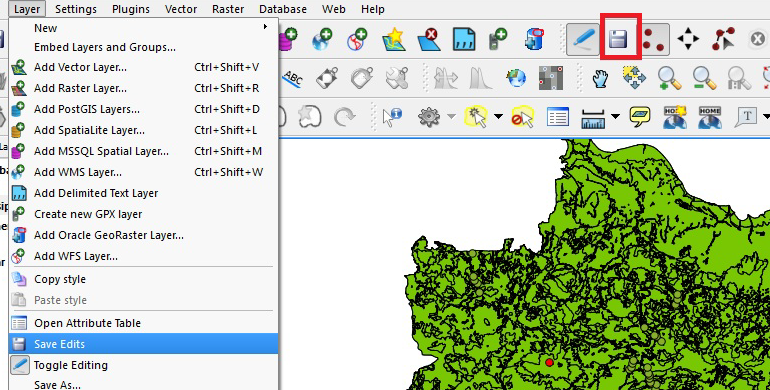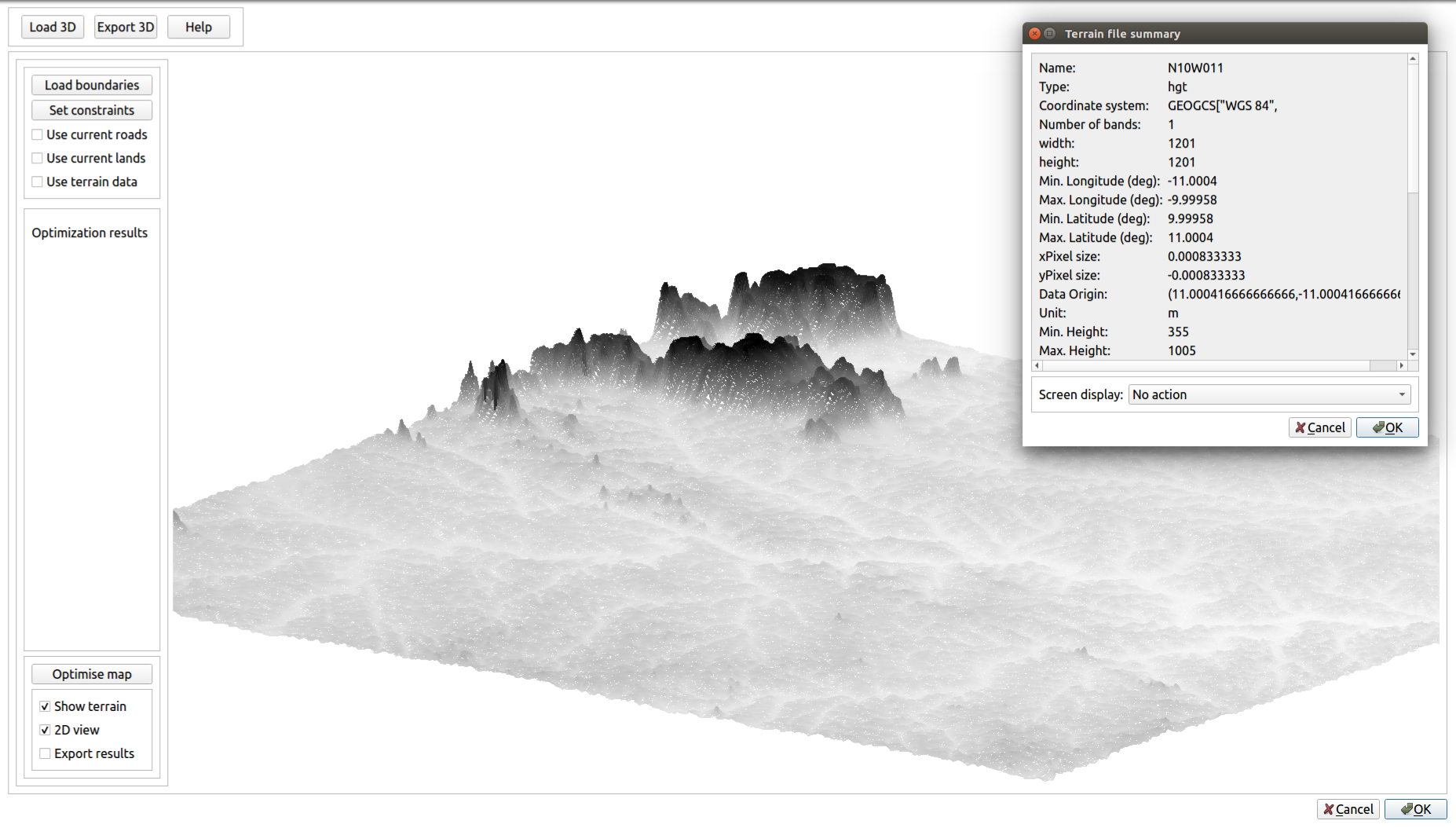

It was used to store the US road network for major urban areas, which is a key factor in census information. The GPF-DIME file format was developed by the US Census Bureau in the late 1960s as one of the first GIS data formats to exist. Geographic Base File-Dual Independent Mask Encoding (GBF-DIME) Bureau of Census Topologically Integrated Geographic Encoding and Referencing (TIGER) data were generated using the standard DLG format. For example, this includes townships & ranges, contour lines, rivers, lakes, roads, railroads and towns. The OpenStreetMap plugin can convert PBF to OSM, which then can be used in QGIS.ĭigital Line Graph (DLG) files are vectors in nature that were generated on traditional paper topographic maps. The more efficient, smaller PBF Format (“Protocolbuffer Binary Format”) is an alternative to the XML-based format.The data interoperability in QGIS can load native OSM files. The GIS format OSM is OpenStreetMap’s XML-based file format. These files are a collection of vector features from crowd-sourced contributions from the open community. OSM files are the native file for OpenStreetMap which had become the largest crowdsourcing GIS data project in the world. IND files are index files for the tabular data.MAP files are the map objects that store geographic information.ID files are index files that link graphical objects to database information.DAT files contain the tabular data associated as a dBase DBF file.TAB files are ASCII format that link the associated ID, DAT, MAP, and IND files.Similar to shapefiles, they require a set of files to represent geographic information and attributes. MapInfo TAB files are a proprietary format for MapInfo software. But you can optionally use independent data tables and value files. Upon the creation of an IDRISI vector file, it automatically creates a documentation file for building metadata.Attributes are stored directly in the vector files. VCT formats are limited to points, lines, polygons, text, and photos. IDRISI vector data files have a VCT extension along with an associated vector documentation file with a VDC extension. In addition, GPX files optionally stores location properties including time, elevation and geoid height as tags. The minimum requirement for GPX are latitude and longitude coordinates. Because GPX is an exchange format, you can openly transfer GPS data from one program to another based on its description properties. GPS Exchange format is an XML schema that describes waypoints, tracks, and routes captured from a GPS receiver. The vertical component (altitude) is measured in meters from the WGS84 EGM96 Geoid vertical datum. The longitude and latitude components (decimal degrees) are as defined by the World Geodetic System of 1984 (WGS84). KML/KMZ became an international standard of the Open Geospatial Consortium in 2008. KML was developed by Keyhole Inc which was later acquired by Google.KMZ (KML-Zipped) replaced KML as being the default Google Earth geospatial format because it is a compressed version of the file. This GIS format is XML-based and is primarily used for Google Earth. This is because GML results in more data for the same amount of information. There is generally more overhead when comparing GML with GeoJSON. Each feature has a list of properties, geometry (points, lines, curves, surfaces, and polygons), and a spatial reference system. Similar to GeoJSON, GML can be updated in any text editor. GML stores geographic entities (features) in the form of text. And eXtensible Markup Language (XML) is both human-readable and machine-readable.

GML allows for the use of geographic coordinates extension of XML.


Fortunately, JavaScript can convert JSON to binary. But JavaScript only understands binary objects. Webmaps browsers understand JavaScript so by default GeoJSON is a common web format. GeoJSON has a straightforward syntax that you can modify in any text editor. GeoJSON store objects within curly braces and in general have less markup overhead (compared to GML). This includes vector points, lines and polygons as well as tabular information. GeoJSON stores coordinate as text in JavaScript Object Notation (JSON) form. The GeoJSON format is mostly for web-based mapping. Geographic JavaScript Object Notation (GeoJSON) PRJ is the projection system metadata.XML is the associated metadata.SBN is the spatial index for optimizing queries.SBX optimizes loading times.You can optionally include these files but are not completely necessary. It’s so ubiquitous that it’s become the industry standard.īut you’ll need a complete set of three files that are mandatory to make up a shapefile. All commercial and open source accept shapefile as a GIS format. The shapefile is BY FAR the most common geospatial file type you’ll encounter.


 0 kommentar(er)
0 kommentar(er)
